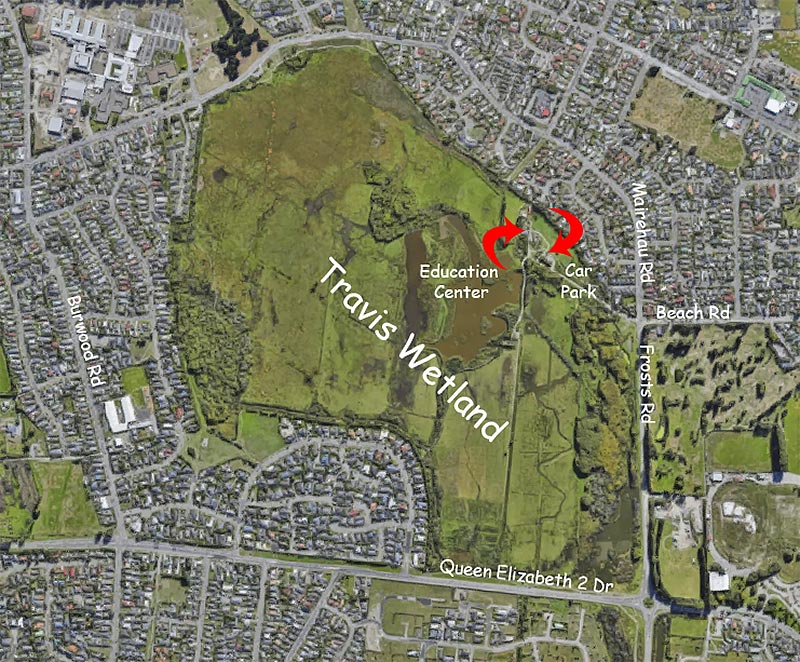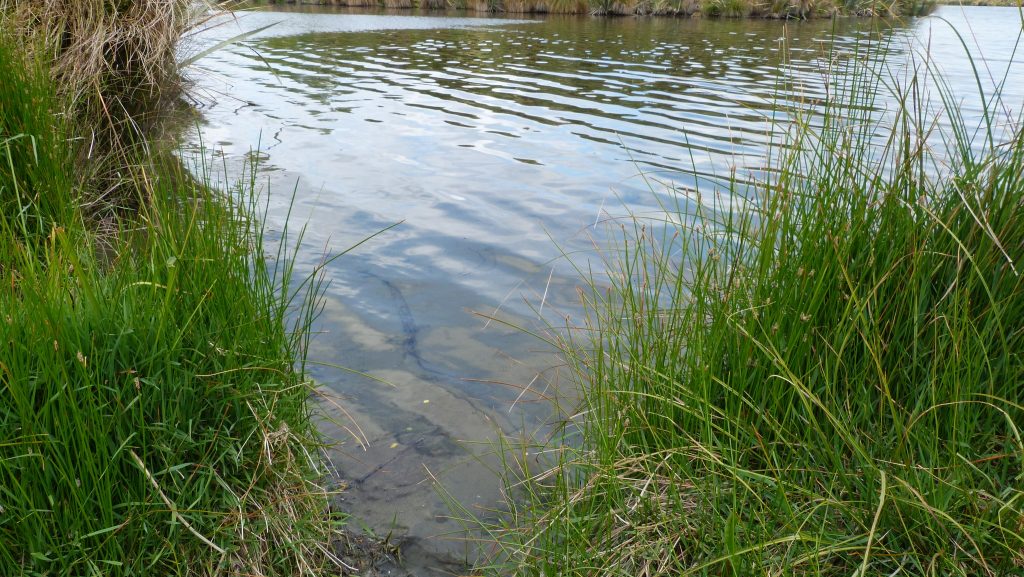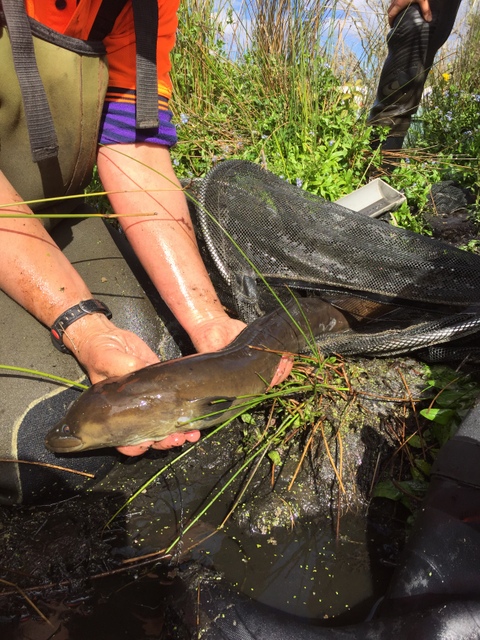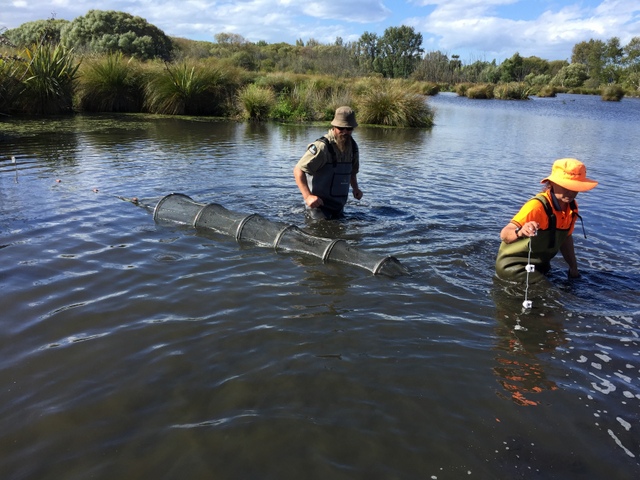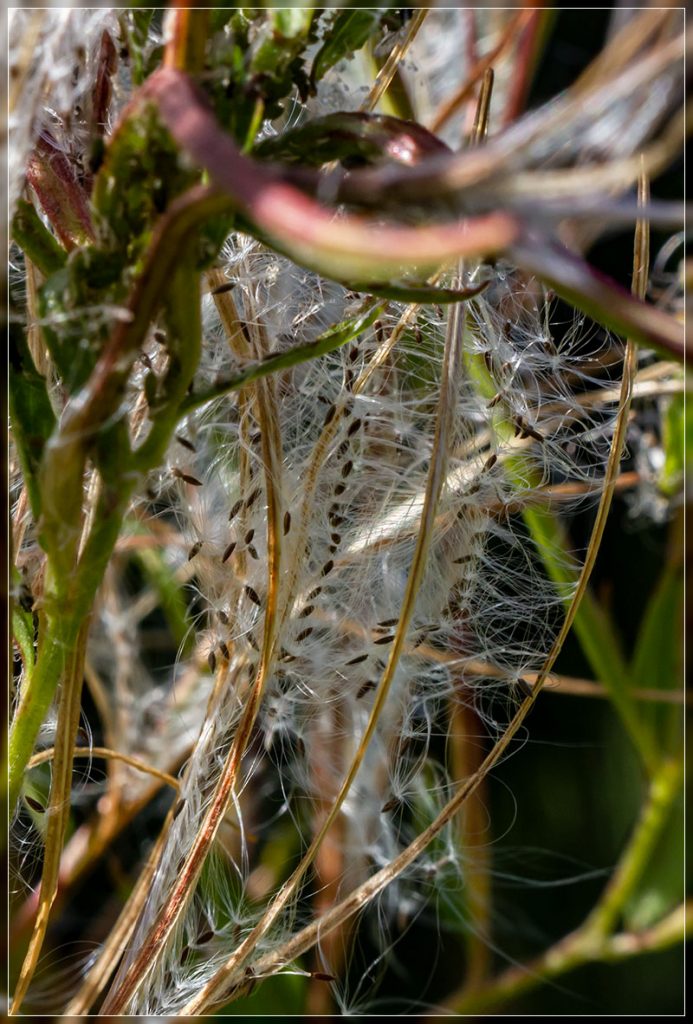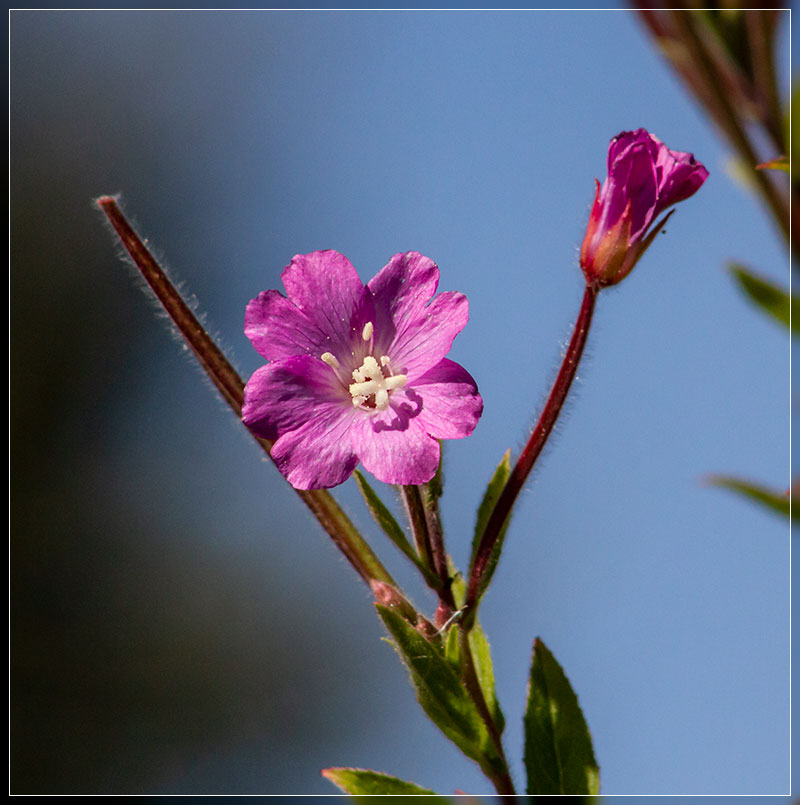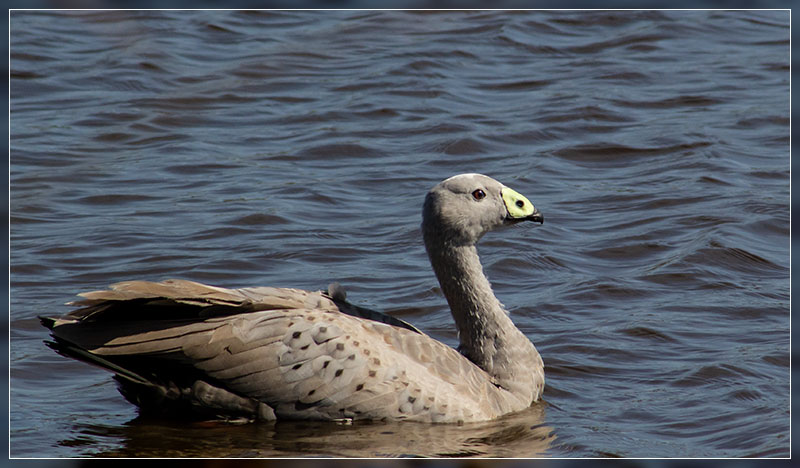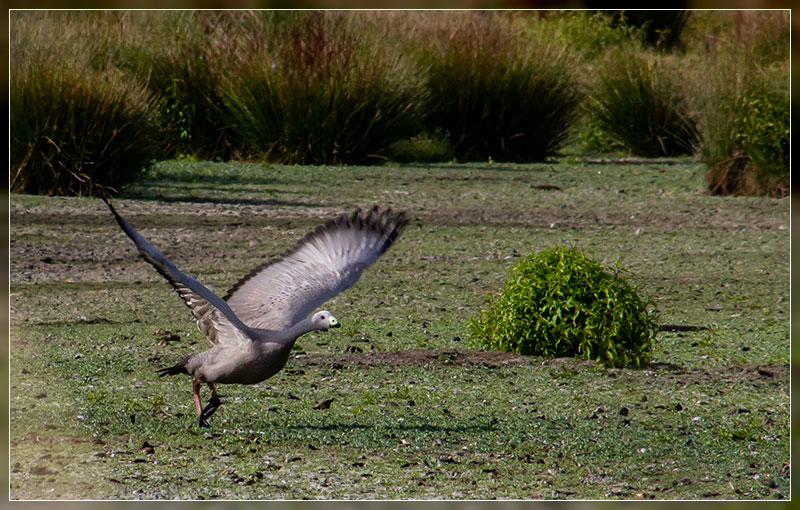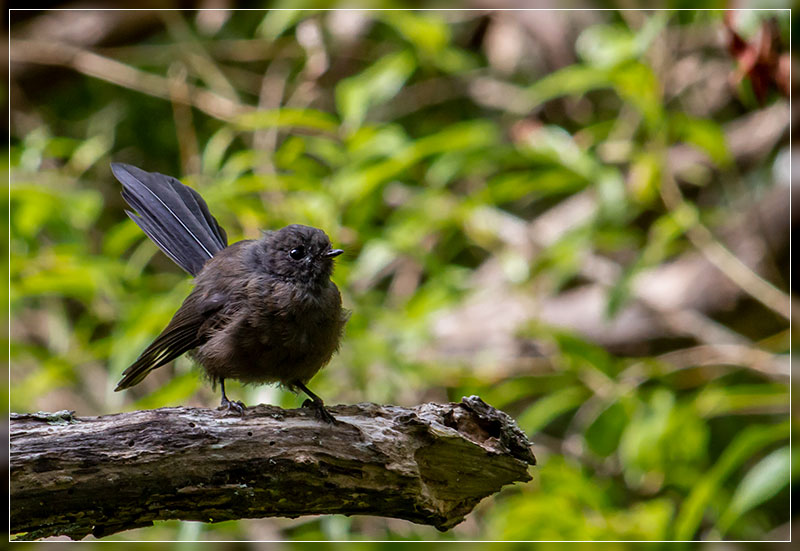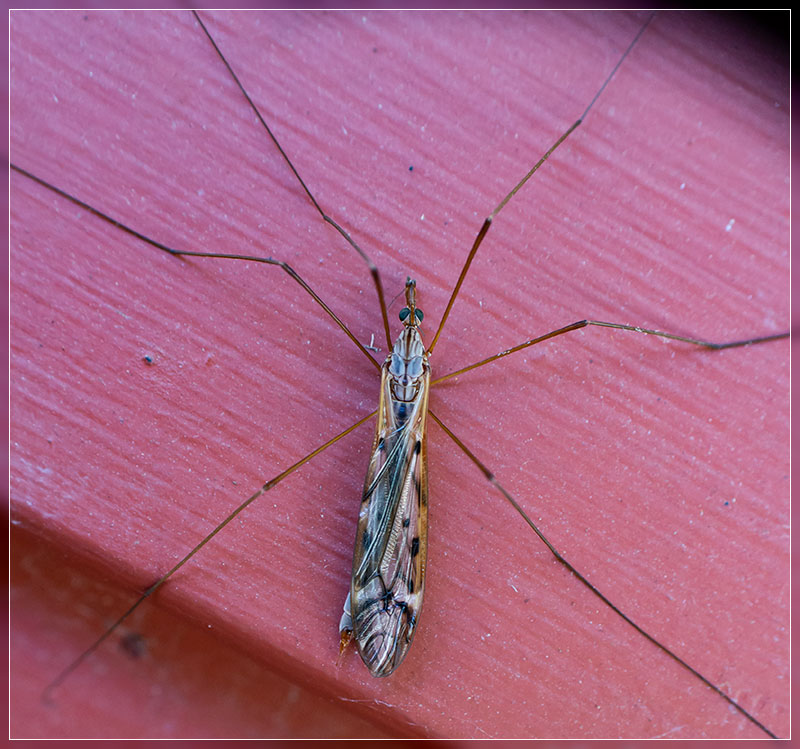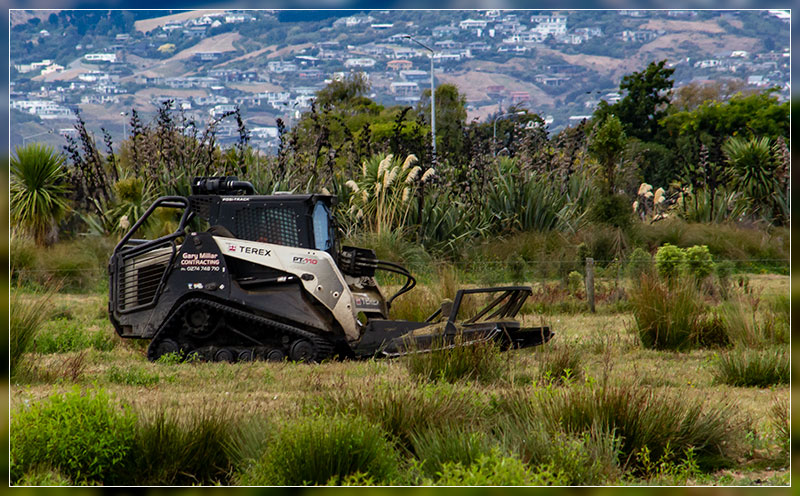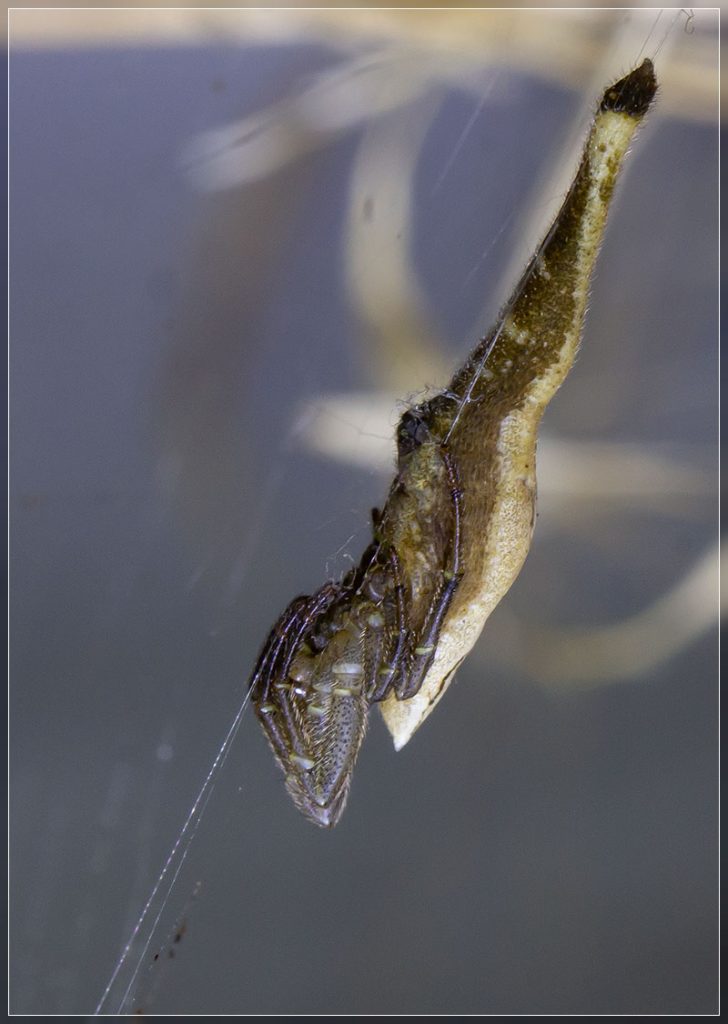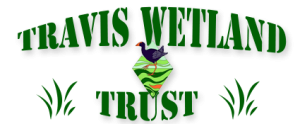 |
March 2019
Workday reminder, March 16 2019
Travis workday, Saturday March 16 2019, 9 am – 12:30.
Meet at the Education Centre (the old farm house) near the Beach Rd car park at 9 am.
We will be visiting the plantings on the other side of the central willows to do some release weeding there. Come along for this special occasion, it’s too wet over most of the year to venture out there!
When we leave the Education Centre to work somewhere around the wetland a notice board in the porch will indicate where we have gone
Please wear appropriate clothing and footwear.
All tools provided. Afterwards we will go back to the Education Centre at the wetland for morning tea and a chat.
Latest News
Workday Saturday 16 February
A cloudy, cool morning did not deter 13 keen adult volunteers and 2 small children. Light drizzle fell as we set off to walk around to Clarevale Park, but fortunately conditions rapidly improved and were soon perfect for an eco-workout.
Our aim was to remove convolvulus from an area previously planted by Waitākiri School near the western boundary of the wetland. We started working close to the Clarevale playground and worked our way slowly north. There was plenty of convolvulus but a pleasing absence of other common weeds such as hemlock and mallow. A small raupo patch was growing in one moist area with patches of the sedge Eleocharis acuta nearby. The native plantings were generally doing well apart from one dry area where lemonwoods were wilting.
As we worked our way north there was a zone with no convolvulus, but the climber returned as we reached an area with some fallen willow trees. We did our best here, but time was running out and some spots were very challenging due to numerous fallen trees and thick bramble growth. The Travis rangers will attend to this area soon to stop the convolvulus flowering at high levels and spreading seeds.
The walk back to the Education Centre was a good appetite stimulant for the usual high standard of refreshments which completed our morning. Thanks to all who took part.
Article: Sue Britain, Images: Eleanor Bissell
Sharp spike sedge (Eleocharis acuta)
The genus name of this sedge has the delightful meaning ‘charm of the swamp’ while the species name ‘acuta’ refers to its spear-like seed heads. The plant has no green leaves and relies on its slender, mid to dark green stems for photosynthesis. These stems can be up to 25 cm tall with light brown seed spikes forming at the top. The only leaves are small brown sheaths at the base of stems. Extensive rhizome systems anchor the plants in water-logged soils and contribute to the formation of tight colonies.
E. acuta is native to NZ and is widespread on most of our islands at a range of altitudes. It also occurs in Australia and Norfolk Island. Depending on conditions, it may be semi-aquatic or land based. Favoured habitats are swamps, pond and stream margins or wet pasture areas, so Travis Wetland provides many suitable sites.
Article: Sue Britain, Image: Colin Meurk
Welcome surprise
A longfin eel (Tuna) was caught in a fyke net at Hard Rush Corner (by the Travis Rd / Frosts Rd roundabout) on Thursday 28 February. This is our first record of longfin eel. We have been fishing for 11 years and during that time have added to the native fresh water species known to be at Travis: longfin eel, shortfin eel, common bully, giant bully, upland bully, Īnanga, black flounder and smelt. We now have observed 8 native species.
This discovery was made during the annual pest fishing. No Rudd were caught; our 6th year of zero catch. This year we fished the central pond plus Hard Rush Corner to Corsers Stream, next year we will be fishing in the central pond plus Angela Stream. Last year we did the pond plus the first third of Travis Stream.
Thanks to Helen McCaughan at Wildlands who set up our successful Rudd control and monitoring plan and provides heaps of enthusiasm each time.
Article: John Skilton, Images: Kenny Rose
Unwelcome weed
During the World Wetlands Day walk a new and very unwelcome weed was observed at Travis. While it was readily identified as a species of willowherb its large size set it apart from the usual ones – it was head height. It was subsequently identified through the iNaturalist site as Great Willowherb (Epilobium hirsutum). The find was reported to MPI and they visited to check it out. MPI expects it to take 4 days to remove it from the Mānuka and Tōtara/Mataī areas. Wai-ora Forest Landscapes have been to Travis a couple of times to search for it and one plant was found in the ANZAC Drive / Lake Kate Sheppard area.

Great Willowherb seed head 
Great Willowherb rhizome 
Great Willowherb flower 
Epilobium hirsutum, Great Willowherb
The pest plant was first observed in NZ in 2018, when it was found by the lake at Pegasus and over a large area near the Kate Valley landfill. The MPI media release from May 2018 says: “Great willowherb is characterised by its aggressive growth, and there is concern it may crowd out native wetland plants. It can form dense stands, impeding water flow in waterways and wetlands. It may also spread to undisturbed damp areas and invade existing vegetation.” “Great willowherb reproduces by wind-dispersed seeds and spreads by its thick rhizomes (underground stems).”
Eradicating it from NZ could be a significant challenge and MPI also says: “It’s extremely important that members of the public do not attempt to remove this weed on their own. They may mistake it for other, similar-looking native plants and, just as importantly, they may risk spreading the seeds.” So if you see it report it to MPI by taking a photo and calling 0800 80 99 66.
Article: Dave Evans, Images: Grahame Bell
Cape Barren goose
Recent visitors to Travis may have noticed a strange looking grey goose in among the groups of Canada geese. It’s a Cape Barren goose (Cereopsis novaehollandiae), named after Cape Barren Island in the Furneaux Group off the NE coast of Tasmania. Occasionally an Australian vagrant will reach NZ, but most birds you see will be either in collections or escapes. Peacock Springs and Orana Park both have some of these birds, also Lower Styx Rd. This is the first time in 10 or so years that one has been seen at Travis.
So how do you find it ? Its current favourite place seems to be in the paddock behind the stockyards, associating with a group of Canadas. It has also been seen from the bird hide and hidden away in the western paddocks. Anywhere you see a group of Canadas have a look through them for an all grey goose, slightly bigger than most Canadas. It has reddish legs and black feet, the short bill is yellow / green. Look at any geese you see in flight, it readily stands out from the Canadas as a uniform grey rather than the brown, black and white of the Canadas.
Article and images: Grahame Bell
Latest Images

Black SI fantail 
Swamp Crane Fly Zelandotipula novarae 
Mower at Travis Wetland 
Longfin eel, Anguilla dieffenbachii 
Long-tailed Forest Spider
Images: Grahame Bell

